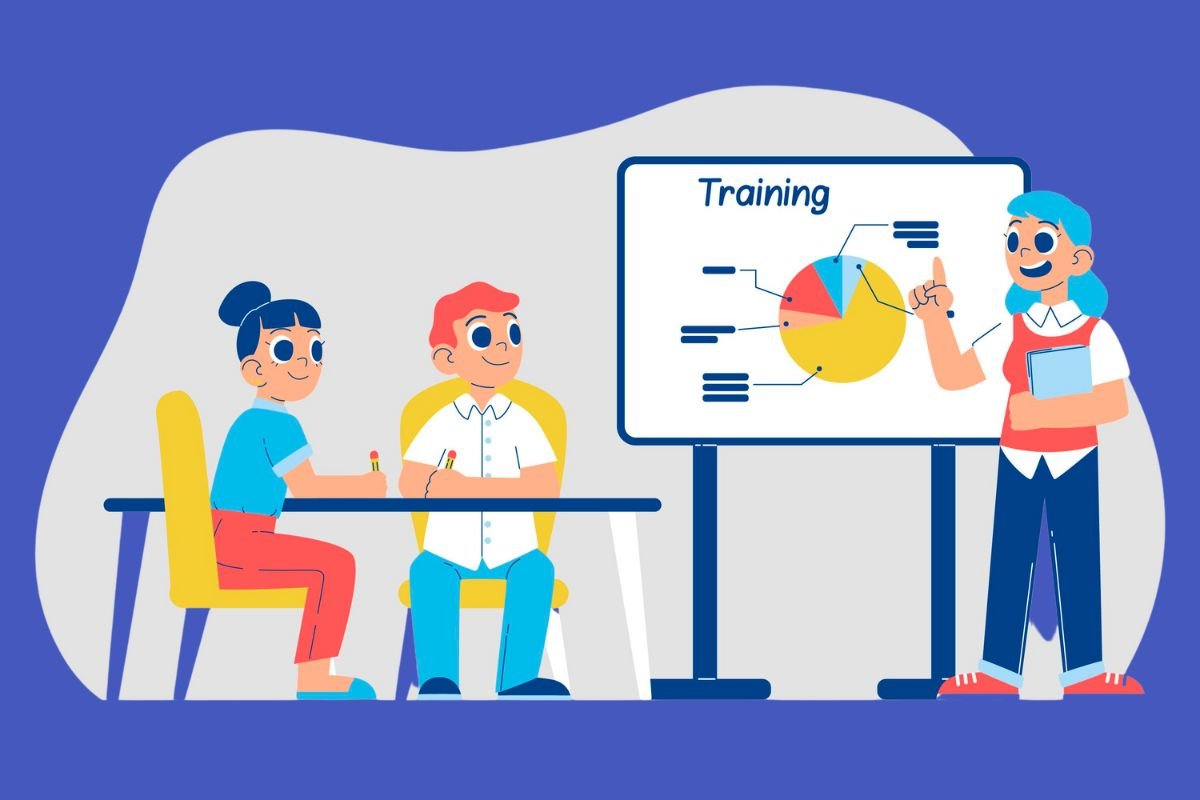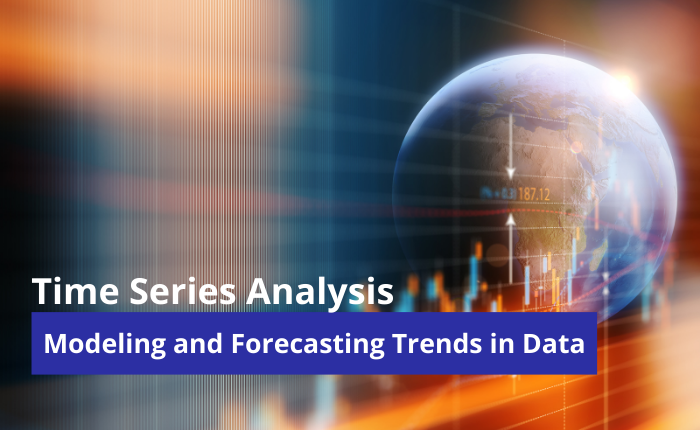Time Series Analysis: Modeling and Forecasting Trends in Data
Course content
Week 1: Introduction to Time Series Analysis
What is Time Series Analysis and why is it important?
Understanding the properties of time series data
Basic concepts of time series analysis such as trend, seasonality, and stationarity
Time series decomposition
Week 2: Time Series Modeling
Week 3: Time Series Forecasting
Week 4: Advanced Topics in Time Series Analysis
About Course
Time Series Analysis is a statistical technique used to analyze and forecast data points collected over time. It is commonly used in various fields such as finance, economics, engineering, and environmental science, to name a few. The primary objective of time series analysis is to identify patterns and trends in the data and make accurate predictions for future values.
The key steps in time series analysis include data collection, visualization, decomposition, modeling, and forecasting. Data visualization is important to identify any obvious patterns or trends in the data, which may help in deciding the type of model to use. Decomposition involves breaking down the data into its individual components such as trend, seasonality, and irregularity, which can be used to build more accurate models. Modeling involves selecting an appropriate statistical model, such as ARIMA or Exponential Smoothing, which can capture the key patterns in the data. Forecasting involves using the model to make predictions for future values of the time series.
Time series analysis requires a good understanding of statistics and programming skills in languages like R or Python. There are many online courses, books, and tutorials available to help you learn time series analysis. It is a valuable skill that can be used in many industries and can help you make informed decisions based on data.
Instructor
Student Ratings & Reviews






























